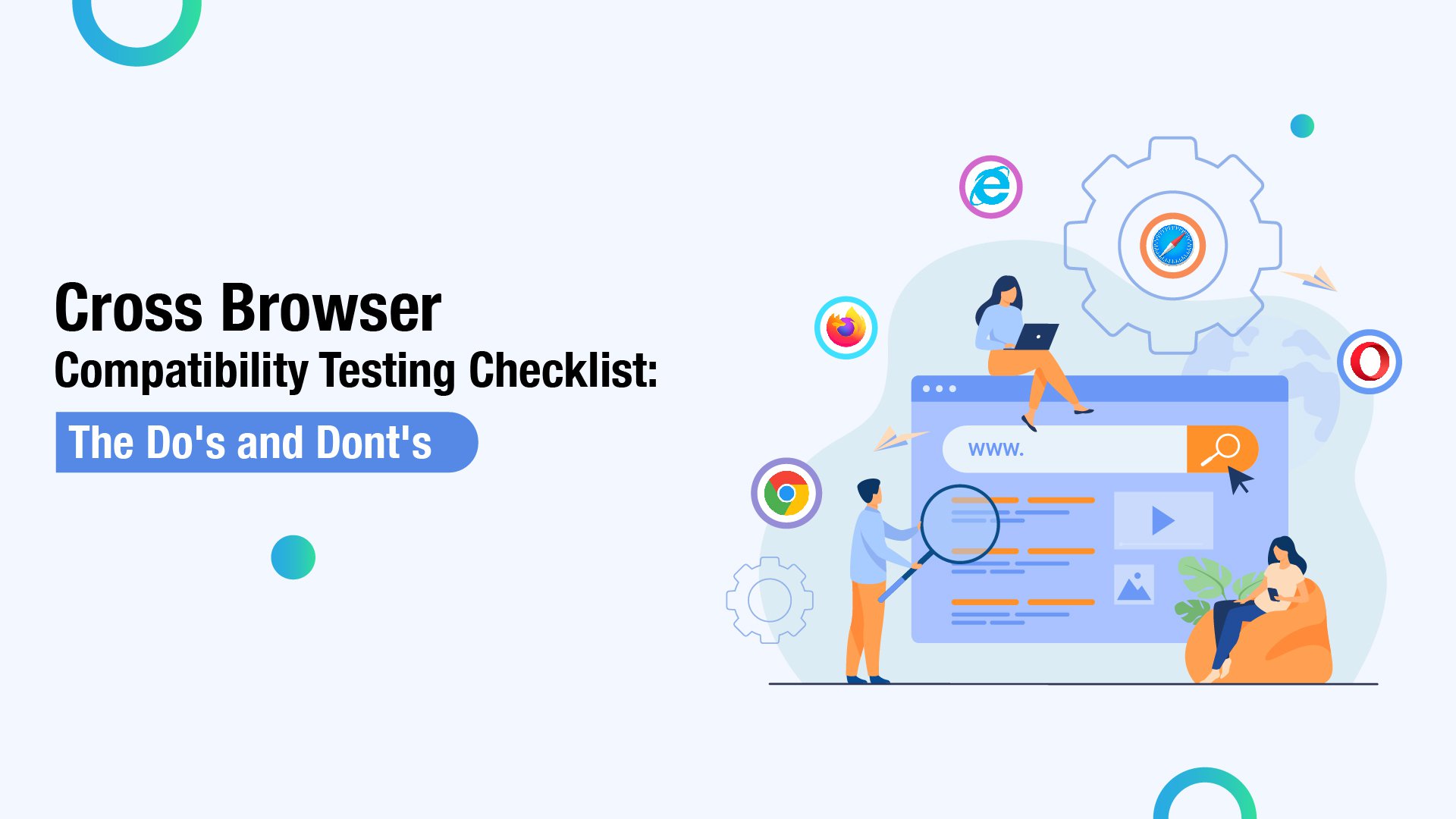Unveiling the Secrets of Ghosted Domains
Explore the intriguing world of expired domains and online opportunities.
Navigating the Browser Jungle: A Survival Guide to Cross-Browser Compatibility
Master cross-browser compatibility with our ultimate survival guide and conquer the browser jungle! Click now for essential tips and tricks!
Understanding Cross-Browser Compatibility: Key Challenges and Solutions
Understanding cross-browser compatibility is crucial for web developers and designers, as it ensures that websites function seamlessly across different web browsers. One of the primary challenges in achieving this compatibility is the vast array of browser versions and types, each with its own rendering engines and JavaScript implementations. Issues such as varying CSS interpretations, different support for HTML5 features, and discrepancies in how JavaScript is executed can lead to a fragmented user experience. Therefore, developers must consider these factors during the design phase to minimize inconsistencies.
To address the challenges of cross-browser compatibility, several key solutions can be implemented. First, utilizing CSS resets can help minimize discrepancies by standardizing styling across different browsers. Additionally, feature detection using tools like Modernizr allows developers to write conditional code that caters to specific browser capabilities. Finally, leveraging testing tools such as BrowserStack or Sauce Labs enables developers to identify and fix compatibility issues proactively. By adopting these strategies, developers can enhance user experience and ensure that their websites are accessible to the broadest audience possible.

Top Tools for Ensuring Your Website Works Across All Browsers
Ensuring your website functions seamlessly across different browsers is crucial for providing an optimal user experience. One of the top tools for this purpose is BrowserStack, which allows you to test your site on various browsers and devices in real-time. With its live testing capabilities, you can instantly see how your web pages perform on browsers like Chrome, Firefox, Safari, and Internet Explorer. Another essential tool is CrossBrowserTesting, which not only provides live testing but also offers automated screenshot comparisons. This can help you identify any visual discrepancies and ensure that your layout remains consistent across platforms.
In addition to these popular testing tools, utilizing a service like LambdaTest can significantly enhance your cross-browser compatibility efforts. It allows you to perform automated testing on over 2,000 browsers and devices, saving you valuable time while ensuring comprehensive coverage. Moreover, using validation tools like W3C Validator can help catch any coding errors that might lead to browser incompatibility. By integrating these tools into your web development process, you can be confident that your website will deliver a consistent and engaging experience, regardless of the browser your visitors are using.
How to Conduct Effective Cross-Browser Testing: A Step-by-Step Guide
Cross-browser testing is essential for ensuring that your website or web application functions consistently across various browsers and devices. To conduct effective cross-browser testing, start by identifying the browsers and versions that are most commonly used by your target audience. This may include popular options like Google Chrome, Mozilla Firefox, Safari, and Microsoft Edge. Once you have a list of browsers, you can utilize testing tools that facilitate checking browser compatibility. Tools such as BrowserStack or Sauce Labs allow you to simulate different environments, helping you pinpoint rendering issues, functionality errors, and performance discrepancies.
Next, execute a comprehensive set of tests, which should include functional testing, responsive testing, and user experience testing. For functional testing, ensure that all interactive elements—such as buttons, forms, and navigation—perform as expected across all browsers. Responsive testing helps you confirm that your website displays appropriately on various screen sizes and orientations. To enhance the user experience, pay attention to load times and overall performance metrics. After conducting the tests, document any findings and prioritize them based on their impact on user experience. This will guide you in addressing issues effectively and improving overall website quality across browsers.